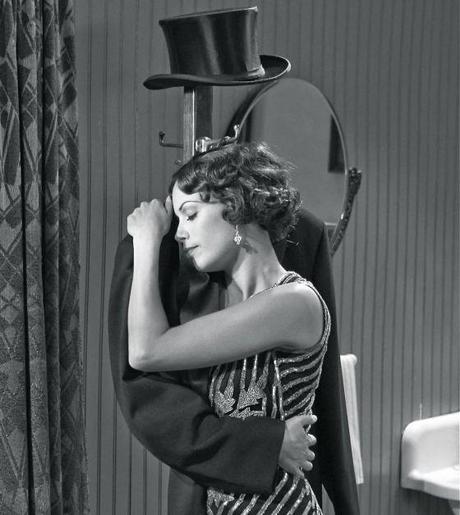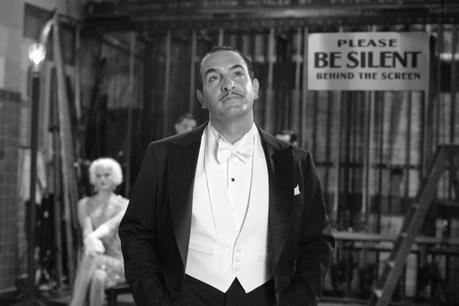Is there truly any reason to praise this film? Should I add my voice to the hundreds already shouting its praises? I know there’s no dismemberment or demonic children, but still, Video Word Made Flesh can and should throw a few words over to this Best Picture hopeful.
The Artist is a grand film, in every sense of the word, and I will go on to talk about the brilliance of Dujardin the sets, the score, and all of that, but the film’s significance goes far beyond all of its specificity. What The Artist represents is special. What The Artist represents is why I want it to win Best Picture.

It’s significant that just a few years ago, Avatar nearly walked away with Best Picture. The film was so inane, so utterly stupid, that it was insulting just to watch (the word ‘unobtanium‘ is forever burned into my brain). The simple reason the movie nearly swept the Oscars was money. Avatar had a budget of $237 million and the technical tricks confused audiences into believing they were watching an award-winning movie. To go from Avatar, a craptacular film made entirely on technical trickery, to The Artist, a film the eschews even the spoken word for impeccable craft (and does it with a modest $15 million budget, the lowest of the Best Picture nominees) is huge. To turn away from any pretensions of technical superiority, and to do it in such a dedicated and genuine way, is something beautiful. To return to what makes film great, to the simple craft of storytelling, is something worth rewarding.
The story has been told before in film– George Valentin (Dujardin) is a silent film star, perhaps the greatest of them all. He’s charming, he’s playful, and he’s essentially a good man, but he believes his own hype. When George runs across exuberant extra Peppy Miller (Bejo), it’s love at first sight. But George is married and he and Peppy go their separate ways, George staying in the silent film era and Peppy becoming the poster girl for the new ‘talkies’ that threaten George’s career and legacy.

The Artist left me breathless for love of film itself. It’s one of the best in a long line of incredible films about films, and I was reminded of the much bleaker Sunset Boulevard from time to time. To compare the two may seem blasphemous, but The Artist is a classic in its own right. The Artist is a romance that would pass the Hays Code, a drama that would break your heart, and a comedy that would break your shell. Its sweetness is matched and countered by its deep and unexpressed longing.
Some have called a 2011 silent movie pretentious, but The Artist is far from pretension. It’s filled to the brim with joy and sadness, overflowing with life, a tribute to and requiem for the films that came before it. There’s something also to be said about the film’s big, loud metaphors. They’re not subtle, they’re far from underplayed, and they’re not complex, either. The metaphors are visual, they’re simple, they’re clear. They accomplish this without slapping you in your face and insulting your intelligence. The metaphors are the film’s dialog.

The craft of the film goes beyond its writing, to the often astonishing sets (one particular cross section of a busy stairwell so impressed my fellow audience that there were audible gasps), the romantic costumes (one long black fur coat will stay with me for a long time), and the impeccable score, which was burdened with far more importance than the score of a talkie. This isn’t to mention the acting, which (as its Oscar nom sweep will attest) was all around delightful and endlessly watchable. Dujardin has the angelic face of a silent star and the effortless range to push the film to its peaks and drag it to its depths. Bejo is transfixing and, at times, bewildering. (Both, of course, are nearly overshadowed at times by the performance of the film’s dog, Jack Russel Terrier Uggie.)
Despite Bejo and Uggie’s wonderful performances, however, this is Dujardin’s film. He and director Michel Hazanavicius offer a surprisingly multifaceted study of machismo, pride and masculinity. Dujardin’s dance of rise and fall is not unique, and its true power lies in its iconic image of the great man, felled by his own fears.
If you’re lucky enough to have a theater nearby playing The Artist, go and check it out. At the very least, the film’s playful dance between sound and image will feed your mind, and at the very best you may leave the theater as inspired as I was.

